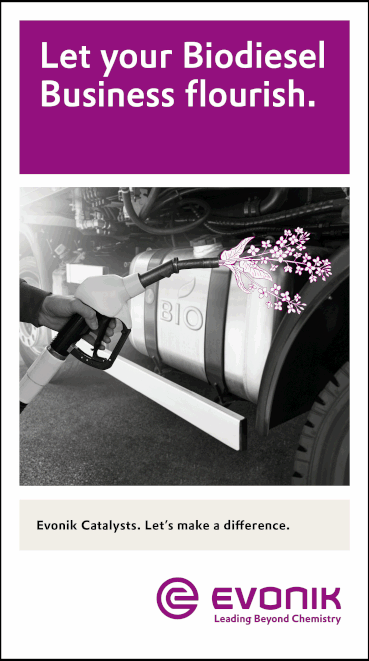Clean Air Task Force: Synthetic SAF can—and should—qualify for 45Z
- Clean Air Task Force
- Aug 21, 2024
- 3 min read

Synthetic sustainable aviation fuel (SAF) will be essential to decarbonizing aviation, especially as the sector’s demand for low-carbon energy carriers continues to grow.
Clean Air Task Force analysis has shown that biofuel supply will not be able to keep pace with this demand growth due to sustainability concerns related to the indirect effects of biofuels production on agriculture and land use.
By midcentury, global aviation energy demand could be double the projected global biofuel supply, leaving the remaining portion to alternative options like direct hydrogen-powered flight and synthetic SAF.
Synthetic SAF is critical to decarbonization because as a drop-in fuel, it can be introduced slowly and blended directly with current jet fuel or bio-SAF, such that the market has time to develop even as emissions begin to decrease.
Additional analysis from CATF has shown that in some mid-century scenarios up to 56 percent of aviation demand could be met with synthetic SAF.
To reach this level of penetration, however, this nascent market must begin to scale up soon.
To that end, credits received when producing clean fuel encourage necessary early investments into the required technologies (DAC, reverse water-gas shift, large-scale Fischer-Tropsch synthesis) needed for the synthetic SAF market to fully develop.
Plain text of 45Z allows credits for both biobased, synthetic SAF
Synthetic fuels are “hydrocarbon fuels that are typically synthesized from syngas, a mixture of carbon monoxide and hydrogen.”
Two definitions in section 45Z are relevant to this issue.
First, 45Z defines “transportation fuel” as fuel that is (1) “suitable for use as a fuel in a highway vehicle or aircraft,” (2) “has an emissions rate which is not greater than 50 kilograms of CO2e per mmBTU,” and (3) “is not derived from coprocessing an applicable material (or materials derived from an applicable material) with a feedstock which is not biomass.”
As its name suggests, synthetic aviation fuel is suitable as a drop-in substitute for fossil kerosene in aircraft, and it would only qualify for the credit to the extent it meets the carbon-intensity requirements.
The final requirement of this definition is that the fuel “is not derived from coprocessing an applicable material (or materials derived from an applicable material) with a feedstock which is not biomass.”
That means that if a fuel producer coprocesses an “applicable material,” then the producer may only coprocess that applicable material with biomass.
So, if a producer coprocesses what the statute defines as “applicable materials” (monoglycerides, diglycerides, and triglycerides; free fatty acids; and fatty acid esters), biomass is the only feedstock with which they may be coprocessed.
But synthetic aviation fuel does not coprocess any of the listed applicable materials, so it need not be coprocessed with biomass.
The requirement to coprocess with biomass only comes into play if the applicable materials are being coprocessed in the first place.
In addition to the broad definition of “transportation fuels,” (which covers both highway and aviation fuels) 45Z also defines “sustainable aviation fuel” as “liquid fuel, the portion of which is not kerosene, which is sold for use in an aircraft” which (1) meets the requirements of either ASTM International Standard D7566 or the Fischer-Tropsch provisions of ASTM International Standard D1655, Annex A1; and (2) is “not derived from palm fatty acid distillates or petroleum.”
Synthetic aviation fuel meets the requirements of this definition.
Synthetic fuel can be produced using captured CO2 and low-carbon hydrogen through the Fischer-Tropsch conversion.
Alternatively, it can be made via alcohol-to-jet technology, which meets ASTM International Standard D7566.
Finally, synthetic SAF is not derived from PFADs or petroleum.
See CATF’s full comments on 45Z for more information.


































